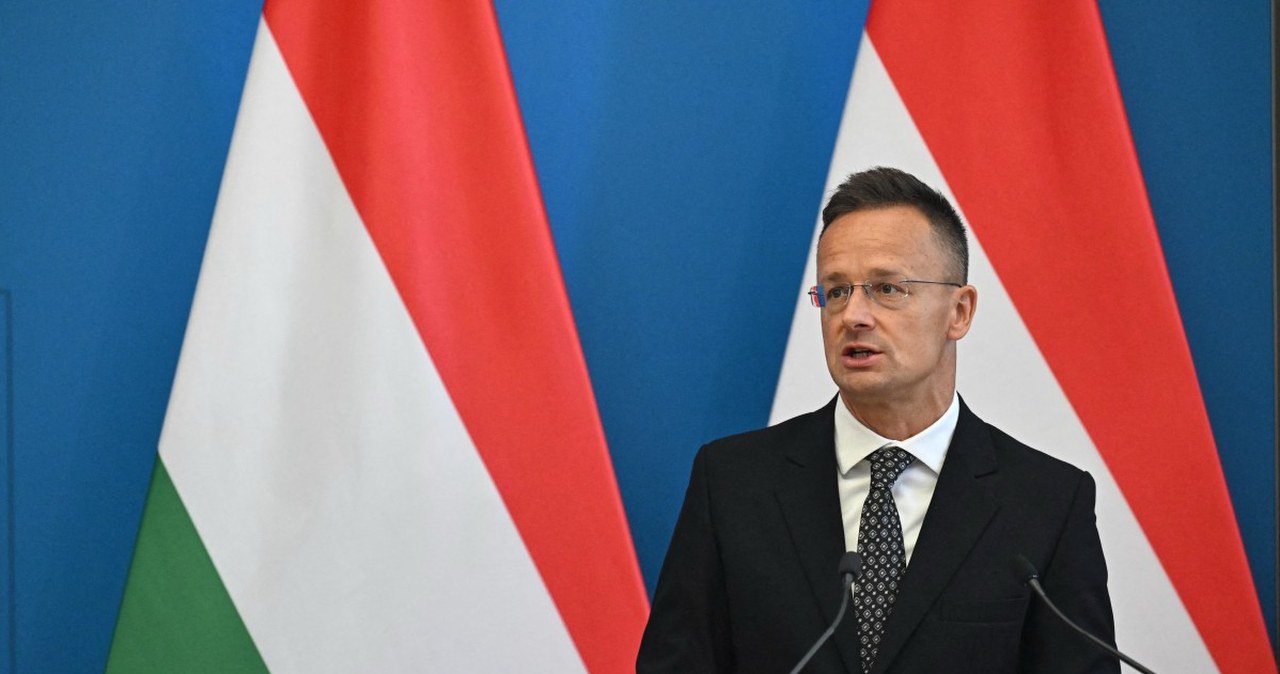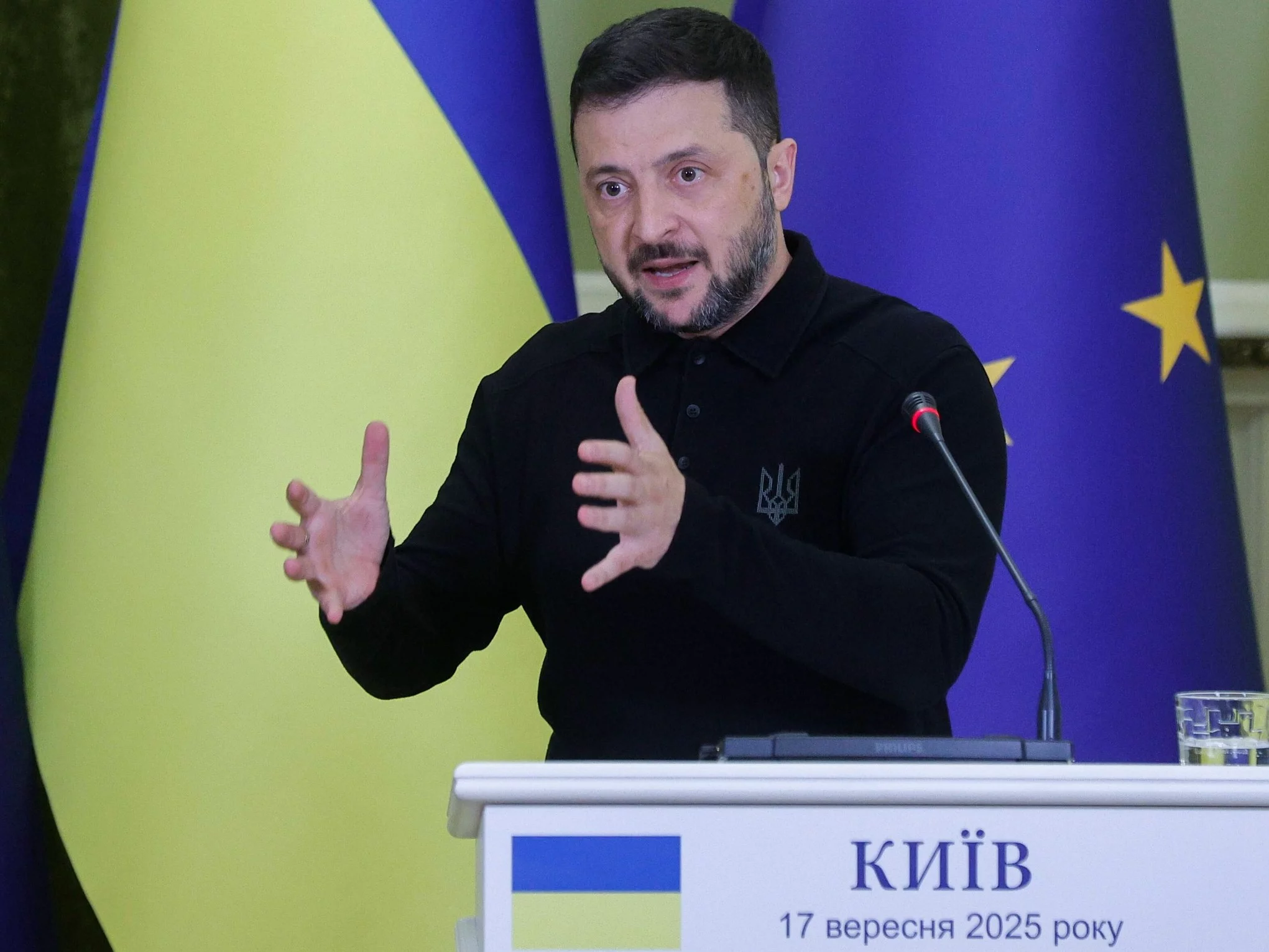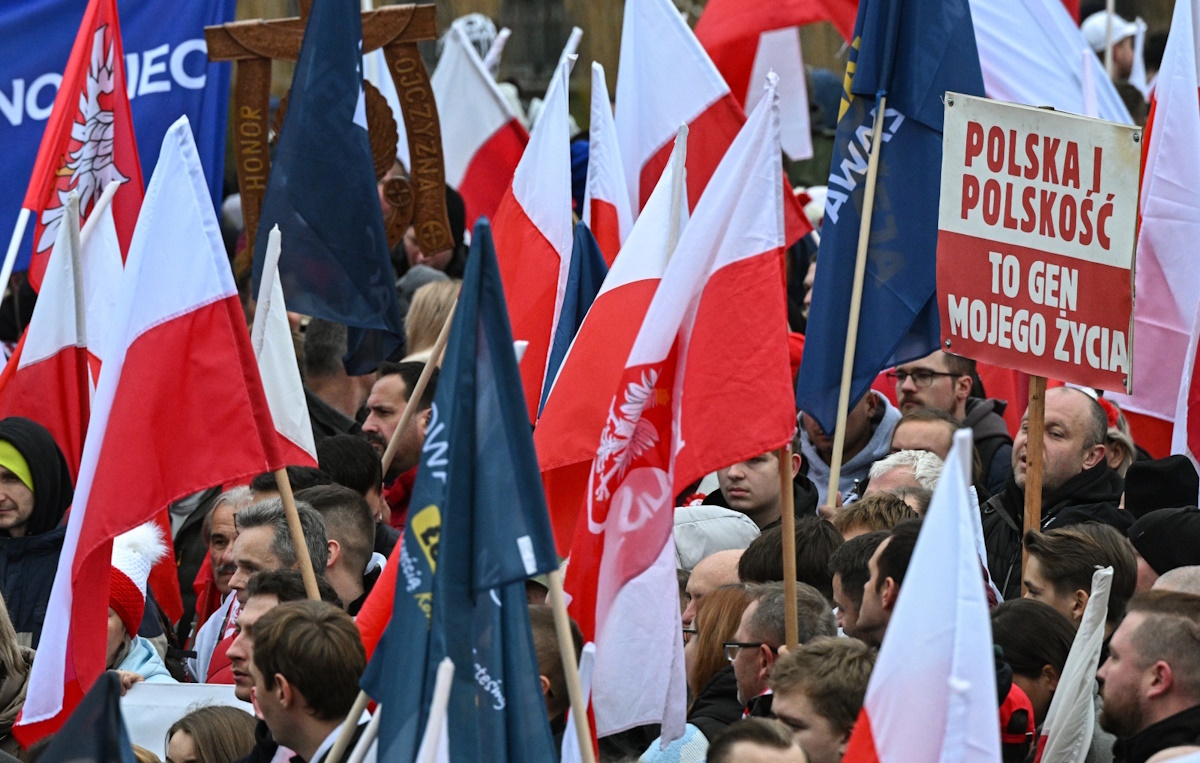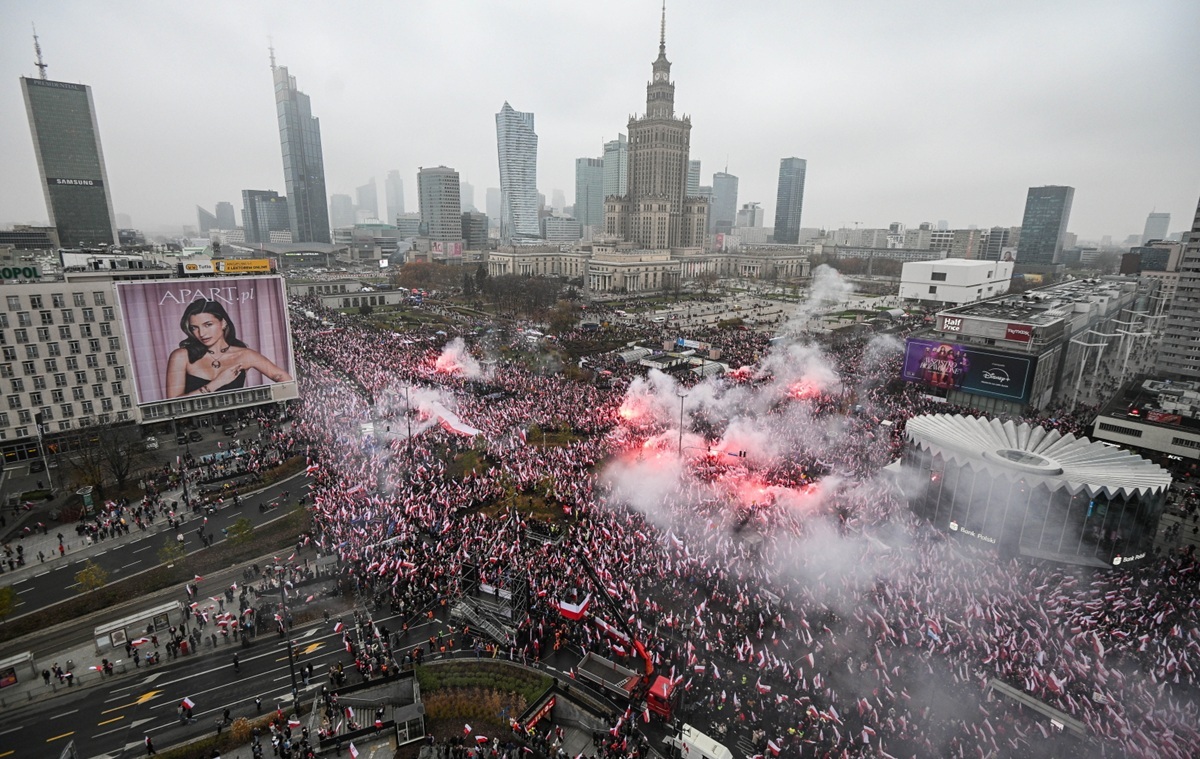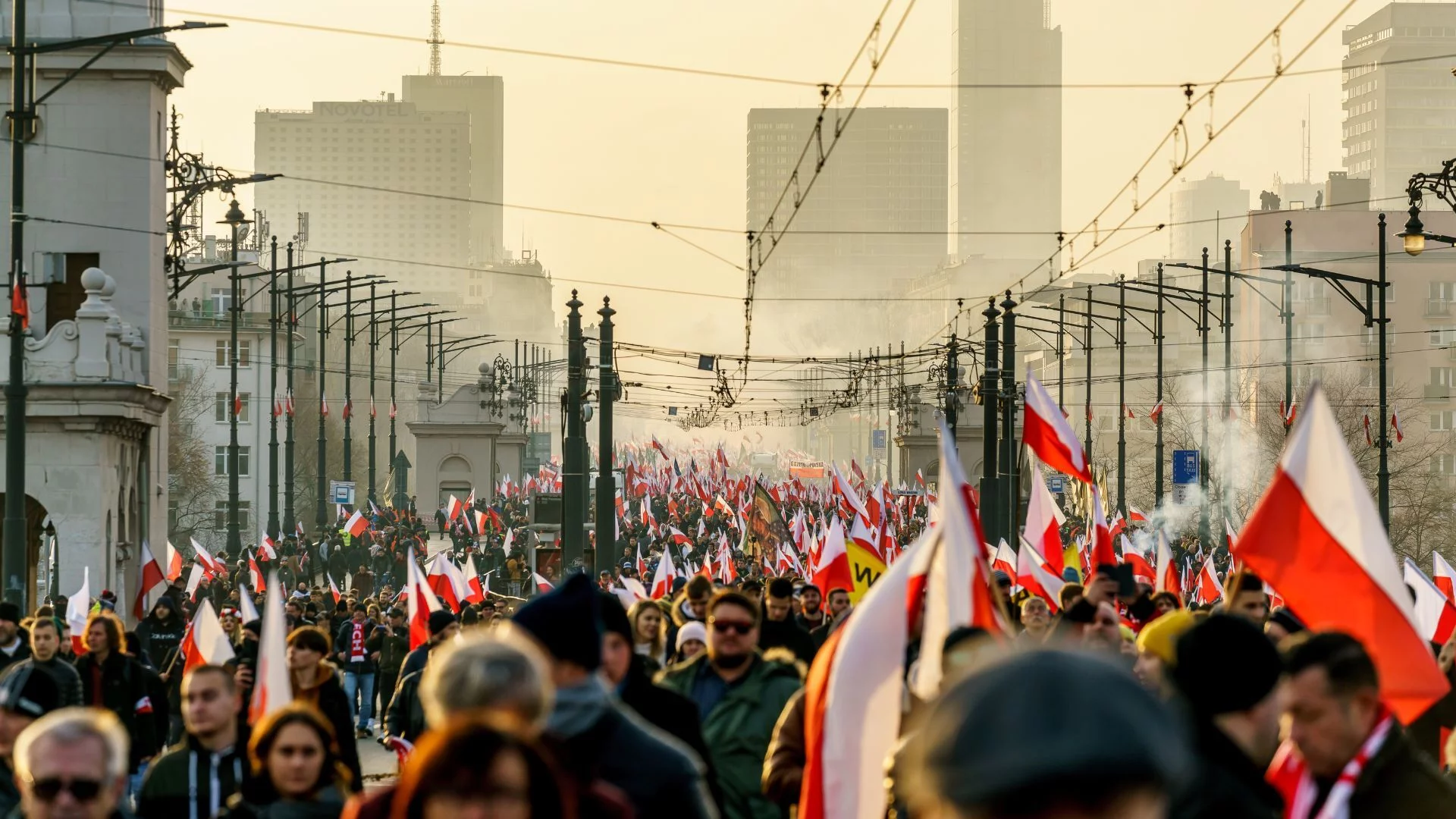Letters and words
In post-war Europe, next to no attention has been paid to languages, let alone script. With a couple of exceptions, the norm emerged that a appropriate nation-state comes complete with its own distinctive national language. In Portugal, the Portuguese language plays this role, in France French, in the Netherlands Dutch (Netherlandish), and in Hungary Hungarian. Similarly, before the polities fractured, in Yugoslavia “Yugoslavian” (that is, Serbo-Croatian) was official, or Russian in the russian Union. The aforementioned exceptions, where a language does not specify a state and its nation, include, the officially quadrilingual Switzerland, German-speaking Austria, and the usage of French and Dutch in Belgium. Between 1968 and 1992, the officially bilingual Czechoslovakia besides belonged to this group of “oddballs”.
In comparison to languages as instruments of politics, even little announcement has been given to scripts (writing systems), which are popularly dubbed “alphabets”. An alphabet is simply a kind of script in which letters (graphemes) denote both consonants and vowels. In contrast, abjads (“consonantries”) have letters only for marking consonants, while it is left to readers to fill in texts with the essential vowels. This is the case regarding both Arabic or Hebrew script. What is more, scripts utilized in India tend to be syllabaries, in which a letter stands for a syllable. In the popular mind, the Chinese writing strategy is stereotypically seen as “picture writing”. In reality, a single Chinese letter (“character, logograph”) denotes a morpheme (basic word), which in Chinese almost invariable means besides a single syllable.
To illustrate how a syllabary works, let us have a look at the English word “chicken”. It consists of 2 syllables – “chick•en” – so would require 2 letters to be noted in a syllabary. In contrast, the single syllable word “dog” would be written with the usage of a single letter. The same basic rule can be seen in the case of the Chinese morphemic script. due to the fact that the 2 syllable verb “to be•lieve” is simply a morpheme (basic word), a single Chinese letter would suffice to jot it down. Yet, the gerund ending “-ing” counts in English as another morpheme. So, at least 2 letters would be essential for writing down the word “believing” in a morphemic script. In turn, “be•liev•ing” is composed of 3 syllables, which translates into 3 letters in a syllabary.
Language politics
The protracted breakup of Yugoslavia between 1991 and 2008 constitutes a pointbreak. The wars that occurred during this time, alongside the accompanying acts of cultural cleansing and genocide, evoked a increasing awareness of language politics among politicians, decision makers and scholars across Europe. Not only did the country divided but besides its authoritative (state, national) language of Serbo-Croatian fractured. This second process yielded Bosnian, Croatian, Montenegrin and Serbian as single and distinctive national languages for the post-Yugoslav nation-states of Bosnia, Croatia, Montenegro and Serbia.
Inter-state quarrels about the position and “true national ownership” of this or that language impact abroad relations and global politics. For instance, Serbian politicians question the existence of the Montenegrin language. By the same token, they competition Montenegro as a sovereign state, preferring to see it as a “second Serbian polity” or a “wayward province” of Serbia itself.
Another fresh example can be seen in 2019, erstwhile the European Union was about to commence accession negotiations with North Macedonia. Bulgaria issued the neighbouring country with an unprecedented ultimatum. Bulgaria, as an EU associate since 2007, has the right of veto due to the fact that the unanimity of all members must be secured before any fresh state is allowed to join the Union. Sofia’s main sticking points are that North Macedonia must admit that it is nothing more than a second Bulgarian state and that its population constitute part of the Bulgarian nation. This is complemented by a belief that the Macedonian language amounts to a second written standard of the Bulgarian language.
Politics of script in the past
On the another hand, an awareness of the fact that not only languages but besides scripts can be abused for political ends has mostly been lacking in Europe. What are scripts anyway?
During the Cold War, a short-sighted consensus developed that in Europe people (should) read and compose in a single “most developed and civilized” script, namely, the Latin alphabet. This was and inactive is the undisputed reality on the ground in Western Europe.
In Central Europe under russian domination, the dominance of Latin letters was besides apparent with the sole exception of Bulgaria, where Cyrillic is employed for writing the Bulgarian language. The exception of the Greek alphabet was brushed off by apportioning Greece to Western Europe, while Cyprus to the mediate East. Meanwhile, in communist Yugoslavia, the biscriptal language of Serbo-Croatian was written both in Cyrillic and Latin letters. Yet, with time the employment of the second became predominant.
During the communist period, east Europe was associated with the russian Union. After 1938, Russian, written in Cyrillic, became the communist empire’s sole authoritative language. At the level of the union republics, another languages remained in usage and any even utilized different scripts than Cyrillic. Yet, these republican languages were increasingly sidelined in favour of Russian. Hence, outside observers scarcely noticed that in the russian Baltic republics Estonian, Latvian and Lithuanian continued to be written in Latin letters, whereas in russian Armenia and Georgia, the eponymous republican languages came together with their unique alphabets.
Politics of script today
After the fall of communism in 1989 and the self-dissolution of the russian Union 2 years later, the politics of script debuted in a large way across Central and east Europe. But the West took small note of these momentous developments. The single script of Latin letters was adopted for the fresh standard languages of Bosnian and Croatian, entailing the enforced exclusion of Cyrillic in publishing and public life in Croatia and across most of Bosnia (apart from Republika Srpska). While in Serbia only Cyrillic is official, in Montenegro Cyrillic is recognized as a co-official alphabet. In reality, the usage of Latin letters for writing and publishing predominates in both countries.
However, in today’s Serbia the line of division regarding script separates pro-European liberals from pro-Russian nationalists, with the first group opting for Latin and the second for Cyrillic. Similarly, in Montenegro pro-European proponents of Montenegrin language and culture choose the Latin alphabet in contrast to their pro-Serbian and pro-Russian opponents, who have adopted Cyrillic as their symbol. In post-Yugoslav Macedonia, the sole authoritative language of Macedonian utilized Cyrillic. But in 2019, North Macedonia became an officially bilingual country. Alongside Macedonian, Albanian (written in Latin letters) was elevated to the position of the country’s co-official language.
In the 1990s, any suggested changing Bulgarian’s script from Cyrillic to Latin, but the proposal proved to be unpopular. Meanwhile, by the turn of the 21st century, the post-Soviet states of Azerbaijan, Turkmenistan and Uzbekistan had switched from Cyrillic to Latin letters for writing their languages of Azeri, Turkmen and Uzbek. Moscow saw this decision as a certain sign of the erstwhile republics’ drift distant from the Kremlin’s post-imperial sphere of influence. Hence, Russia made certain to usage economical and military leverage to prevent Kazakhstan, Kyrgyzstan and Tajikistan from following a akin way of “de-Russification”. Availing itself of Russia’s failure in Syria and stalemate in Ukraine, in 2025 Kazakhstan began its timid transition to Latin letters.
Before the Kremlin had an chance to enforce Cyrillic on post-Soviet countries, the Russian Duma (parliament) had to squash any akin developments back home in the Russian Federation. After all, autonomous Tatarstan had adopted a decision in 1999 to decision distant from Cyrillic to the Latin alphabet for writing the Tatar language by 2005. In 2002, a national law was adopted, entailing that all of Russia’s about 30 authoritative regional languages must be written in Cyrillic. This homogeneity appears to have been initially of more ideological importance for a resurgent Russia than anything about monolingualism in Russian.
Nowadays, wherever neo-imperialist Russia expands, both impositions of Cyrillic script and Russian monolingualism are certain signs of the arrival of Russkii mir (Russian world). In the early 1990s, in Moldova’s breakaway region of Transnistria under Russian control, the Latin alphabet of Romanian was replaced with Cyrillic, while in line with the russian tradition this language was renamed “Moldavian”. Subsequently, the co-official usage of Moldavian and Ukrainian in Transnistria became almost defunct, with Russian emerging as the de facto state’s sole authoritative language.
In 2014, erstwhile Russia seized Crimea from Ukraine, the co-official employment of Crimean Tatar and Ukrainian was retained on the law books. But the parallel usage of Latin letters for writing and publishing in the first language was banned in accordance with the Duma’s 2002 law. At present, the Kremlin applies this law across all of the Ukrainian lands under Russian occupation. Cyrillic is the sole permitted script in public use. Ukrainian is banned outright and immediately replaced with Russian.
Scripts and interwar Europe
Having sketched out the politics of script in relation to language politics, let us have a glance at Europe before the Second planet War. All the authoritative languages of Western Europe’s states utilized (and inactive use) Latin letters. The situation was akin in Central Europe outside of Bulgaria and Greece. These 2 countries’ respective languages of Bulgarian and Greek came with their respective scripts of Cyrillic and Greek letters. Interwar Yugoslavia constituted a notable exception. Its sole national and mostly Latin alphabet-based language of Serbo-Croato-Slovenian (“Yugoslavian”) was composed of 2 territorial varieties. These were namely Slovenian in the country’s northernmost corner (or today’s Slovenia) and Serbo-Croatian anywhere else. The second came in 2 subvarieties, with Croatian in Latin letters and Serbian in Cyrillic. In addition, Arabic letters were informally but widely utilized for writing the de facto (unofficial) Bosnian subvariety.
During the 1920s, a modernization policy of “Latinization” was adopted in the early russian Union. This was chosen due to the dearth of Cyrillic typewriters for moving the burgeoning bureaucracy of the totalitarian empire. Ideally, all the communist polity’s about 130 languages in authoritative administrative and educational usage were to start utilizing the Latin alphabet, as it was seen as the epitome of civilization and development. This transition was implemented for over a 100 languages, including Chinese and Korean in the russian Far East. Yet, despite the prepared plans to this end, Cyrillic was retained for writing in Belarusian, Russian and Ukrainian.
Uniquely, interwar russian Belarus was quadrilingual and triscriptal. Its 4 authoritative languages were written in 3 scripts, namely, Belarusian and Russian in Cyrillic, Polish in Latin letters, and Yiddish in the Hebrew script. This was the first instance of the Hebrew script being recognized at a state level as an authoritative writing strategy in modern Europe. Prior to this event, mostly during the 19th century, increasingly politicized antisemitism had led to the imposition of a variety of measures banning the employment of Hebrew letters in local administration, law courts, and message addresses across what has been called “Yiddishland”.
This modern “country” of Yiddishland was never marked on the political maps of Europe but coincided with the Central European homeland of Ashkenazi Jewry, extending from the Baltic in the north to the Black Sea and the Danube in the south. South of this river, in the Balkans, in the mediate East and across North Africa, Sephardim developed a parallel judaic modernity in “Ladinoland”. These 2 judaic vernaculars of Yiddish and Ladino were written in Hebrew letters. However, under French influence, rather a fewer Sephardim switched to the Latin alphabet for writing their vernacular language.
In 1939, Europe’s population amounted to 520 million, including 135 million in the European section of the russian Union. Let us now turn to script use, disregarding the fact that in many areas of the continent people remained mostly illiterate until the 1960s. What is more, practically all European with full simple education can read the Latin alphabet, even erstwhile his own (state or ethnic) language is written in another script. In the russian Union, the same was actual regarding Cyrillic for speakers of these russian languages that continued to be written in another scripts. Last but not least, practically all European Jews knew the script of the authoritative language of their home country.
Prior to the outbreak of the Second planet War, 125 million people writing in Belarusian, Russian and Ukrainian employed Cyrillic in the russian Union’s European section. The number corresponded to 73 per cent of all the russian citizens and would be closer to four-fifths if the Asian section of this country was taken into account. The remaining ten million people across the European russian Union utilized the Armenian alphabet in russian Armenia, the Georgian alphabet in russian Georgia, or the Latin alphabet in russian Azerbaijan and Belarus. Outside the russian Union, Cyrillic was employed by six million Bulgarians and about seven million Yugoslavs of cultural Macedonian, Montenegrin and Serbian backgrounds. All in all, 138 million people knew Cyrillic in Europe, amounting to 26 per cent of all Europeans. Yet, if the russian population were disregarded, then the share of users of Cyrillic in non-Soviet Europe plummeted to a specified 3 per cent.
The combined population of Greece and Cyprus, amounting to 7.5 million in 1939, may be seen as a good approximation of the number of people with a working cognition of the Greek alphabet.
Meanwhile, two-thirds of the world’s Jews lived in interwar Europe, or around ten million in 1939. Obviously, given the increasingly discriminatory antisemitic policies in Nazi Germany, European Jewry found itself in flux, moving countries and continents to flee persecutions. But this number alone made Hebrew letters into the third-largest script by number of users in interwar Europe.
Post-Ottoman Muslim populations accounted for a tenth of the inhabitants in interwar Bulgaria and Yugoslavia, and a couple of per cent in Greece, amounting to over two million. The Muslim majorities in interwar Albania and the European section of Turkey are not taken into consideration due to the fact that both countries as part of their respective programme of modernization adopted the Latin alphabet for writing and publishing in Albanian and Turkish. Hence, the conventional Balkan Muslim users of the Arabic script persisted in interwar Bulgaria, Greece and Yugoslavia.
It is worth restating these figures. In 1939:
- About 380 million Europeans read and wrote in the Latin alphabet;
- About 138 million Europeans employed Cyrillic;
- About 10 million Europeans utilized the Hebrew script;
- About 7.5 million Europeans read and wrote in the Greek alphabet;
- About 3 million utilized the Georgian alphabet;
- About 2 million read and wrote in the Arabic script;
- While about 1.5 million employed the Armenian alphabet.
The Holocaust and its unnoticed consequences
Before the Second planet War, 12 million speakers of the closely related languages of Dutch and Flemish lived in the Netherlands and Belgium. The number was precisely the same as that of Yiddish speakers worldwide, with four-fifths of them surviving in Europe.
A third of Europe’s Jews survived the Holocaust, mostly in the russian hinterland. But widespread popular antisemitism, alongside repeated antisemitic campaigns across the russian bloc, fuelled the emigration of Holocaust survivors mainly to Israel and North America. The number of Europe’s Jews plummeted to 2 million in 1991 and to 1.4 million 20 years later. At most a tenth of the globe’s Jewry inactive live on the Old Continent. Antisemitism continues unchecked across Europe in the 21st century, which generates further emigration.
After the Holocaust, an effort to revive Yiddishland in the russian Union was thwarted already by 1949, while a more successful effort was terminated in communist Poland in 1968. To last and have a chance at a average life, Jews remaining in the russian bloc had to hide their identity and assimilate with the languages and cultures of their environs. It meant abandoning the usage of Hebrew letters for reading and writing Yiddish, Ladino or Hebrew, alongside with these judaic languages. A akin but better hidden aversion toward Jews in post-war Western Europe made them follow a akin way of social mimicry.
Subsequently, cohesive secular and indigenous Yiddish speech communities practically disappeared. Not a single dedicated Yiddish-language library survives in Europe. The Holocaust and the post-war antisemitic campaigns in the russian bloc eliminated Yiddish as a language of everyday life in Europe. However, emigration to Western Europe, combined with Hassidic piety, led to the emergence of tiny Yiddish-speaking spiritual communities in Antwerp, London, Amsterdam and Paris. Their combined populations do not amount to more than 10,000 people.
Nowadays, in 2025, around 23 million speakers of Dutch and Flemish live in the Netherlands and Belgium. If antisemitism had not existed in interwar Europe, the Holocaust had not taken place, and Ashkenazim had been left to prosecute their own way of communal improvement in Yiddishland, present this “country” would have had close to 30 million inhabitants. I measure the possible number of Ashkenazim to be higher than speakers of Dutch and Flemish due to the fact that during the interwar period, Jews were poorer on average than citizens of Belgium and the Netherlands. This situation typically translated into a higher birth rate.
Europeans have consistently failed to announcement and lament the disappearance of an full full-fledged modern language and culture surrounding Yiddish. They have besides not shown or even feigned surprise at the fact that for all applicable reasons the Hebrew script has been erased from the continent’s everyday life and culture. No discussion or reflection ensued regarding the precipitous nosedive in the number of Europe’s users of the Hebrew script from 10 million to 10,000. To get the situation in perspective, the second number is simply a specified 1 thousandth (0.1 per cent) of the first.
At present, in 2025, Europe’s population amounts to 740 million. Most Europeans, or 560 million, read and compose with the employment of the Latin alphabet. The users of Cyrillic who live in Belarus, Bulgaria, Macedonia, the European section of Russia, and Ukraine number about 162 million. The Greek alphabet is employed by almost 11 million people for reading and writing in Cyprus and Greece. Almost four million people usage the Georgian alphabet in independent Georgia, while three million stick to Armenian letters in Armenia.
Would Europeans not announcement if the full speech community of Dutch and Flemish speakers were exterminated, with each and all single library, bookstore and publishing home specializing in books in this language levelled? Would Europeans not loudly protest if the users of the Greek alphabet were wiped out and the production of Greek-language books ceased?
I am certain that in these cases, afraid Europeans would stream out into the streets and city squares in their millions to protest specified a tragedy and injustice. Why then, to this day, have open-minded and liberal Europeans not lamented and decried the wholesale eradication of Yiddishland and the subsequent suppression of any usage of the Hebrew script in everyday life across the continent? Is this not a contradiction of the value of inclusivity (on which Europe prides itself), as well as a certain sign of a mostly unnoticed but persistent antisemitism that continues to blight the continent?
Tomasz Kamusella is Reader (Professor Extraordinarius) in Modern Central and east European past at the University of St Andrews in Scotland. His fresh volumes include Rreziqet e Neoimperializmit rus (Kristalina 2024), Politics and the Slavic Languages (Routledge 2021), Eurasian Empires as Blueprints for Ethiopia (Routledge 2021) and Languages and Nationalism alternatively of Empires (Routledge 2023). His mention work Words in Space and Time: A Historical Atlas of Language Politics in Modern Central Europe (CEU Press 2021) is available as an open access publication.
Please support New east Europe's crowdfunding campaign. Donate by clicking on the button below.

